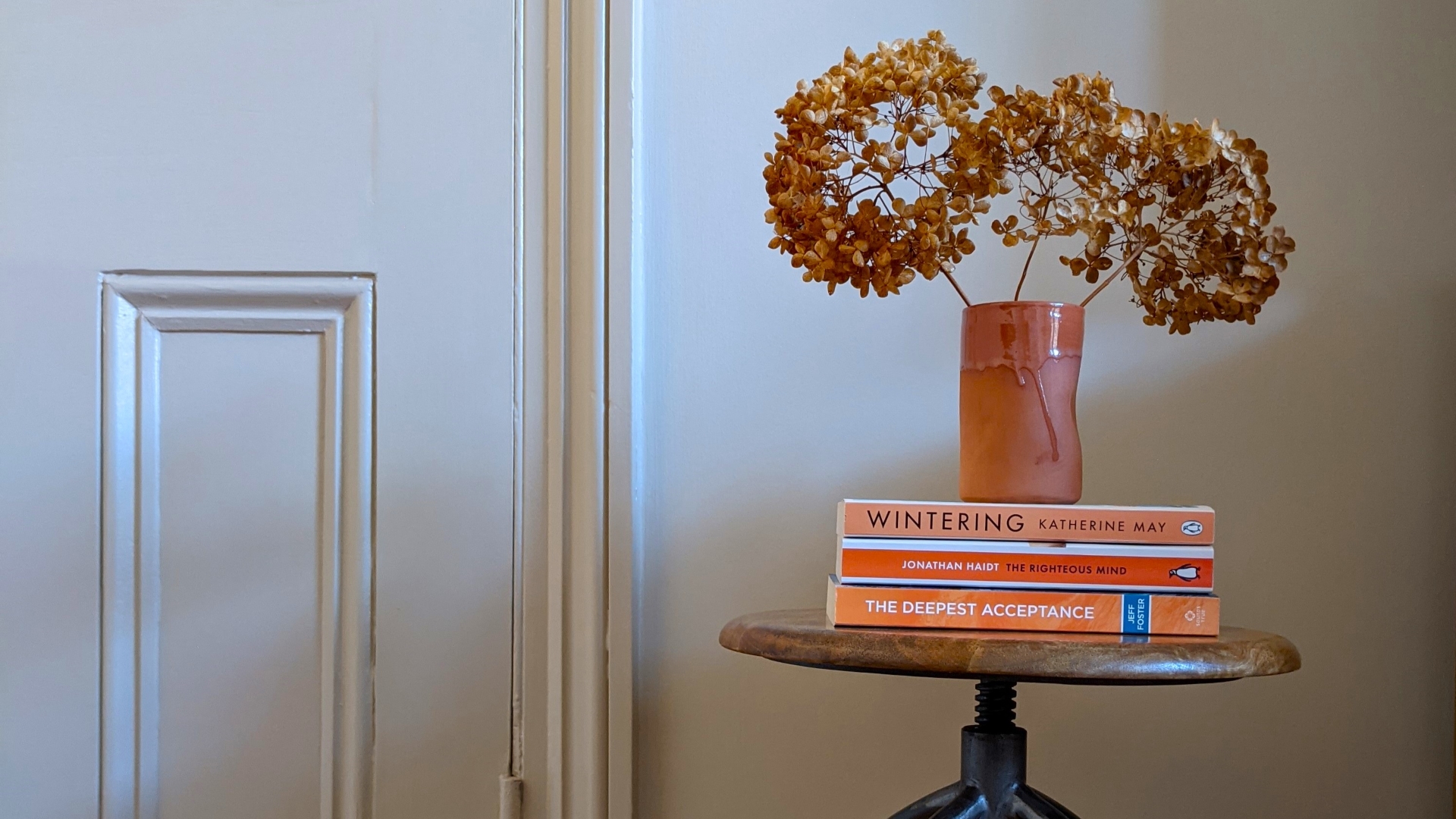I’m a great believer in the importance of designing homes that feel good as well as look good. But that’s easy to say – what does interior design for wellbeing mean in practice?
Designing for wellbeing
Your living space is an extension of your emotional space, so when you invest in your home, you’re investing in your wellbeing. Everything should be driven by how you want to feel and live in that space. Because you’re unique your home should be too and there are as many homes as there are people. No one design suits everyone.
Having said that, there are a couple of general principles that underpin interior design for wellbeing. These are the areas that I focus on when creating a happy, healthy home.
Biophilic design
While I’m not interested in slavishly following interior trends, the one I’m ready to endorse whole-heartedly is biophilic design. And that’s because it holds the key to creating a sense of wellbeing in our homes. Biophilic design is founded on the belief that humans have a strong innate connection with the natural world and that it plays a critical role in our physical and emotional wellbeing. By understanding how we’ve evolved within a natural environment, we can understand some of the needs that our homes must meet. These include providing natural views, light and air; including natural materials, textures, colours and shapes; and creating a strong and distinct sense of place.
Sustainable design
Biophilic design is concerned with our emotional relationship with nature, and recent research has demonstrated that where people have more contact with nature, they are more likely to make environmentally responsible choices. So by creating a living space that cements and celebrates your relationship to the natural world, you are almost certainly going to feel better if you know that your home is not having a detrimental effect on the environment and other communities.
Social and energetic spaces
Our homes need to be able to nurture our relationships, whether that’s with ourselves, the people we live with, or with others who we invite into our space. We need places where we can be alone and be quiet, but we also need places that facilitate intimacy and connection with other human beings. In the open plan homes that so many of us now live in, it can be hard to achieve this, but careful planning of space makes it possible. It’s also really vital that we can move easily through our homes, transitioning from one space to another without feeling obstructed. And we need enough room to be able to welcome in new people, new thoughts, new ideas, which means keeping our possessions and our space in balance.
Multisensory homes
We are multi-sensory creatures and we’ll feel better at home if we stimulate not just our vision, but also our hearing and our sense of smell and touch. Smell in particular is deeply connected with how we encode memories, as you’ll know if you ever catch a particular scent and can immediately associate it with a place or person from your past. And all of our senses are involved in processing emotions, so we can leverage that power to influence our mood at home.
Colour
Using colour effectively in the home involves understanding both the personal and cultural relationships that you have with it, as well as the universal ways in which our human nervous systems respond to particular hues. Colour can help to set the desired mood of a room, whether that’s energetic and stimulating, or calming and restorative. There is no one right or wrong colour to use in any situation, but there will be some that support how you want to live in a particular space.
Lighting
Whilst I have already mentioned the importance of light as part of a biophilic approach to interior design, it’s a hugely significant area in its own right. A well-designed lighting scheme will consider natural light and sunlight, electric lighting, as well as fire and flames. When our homes are lit intelligently we can use our living spaces effectively, create an exciting and interesting space, and support the natural bio-rhythms of our bodies rather than working against them.
Using interior design for wellbeing can help you to feel good and live well, whatever the ups and downs of life. If you’d like more help creating a happy, healthy home, please get in touch.

